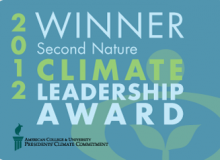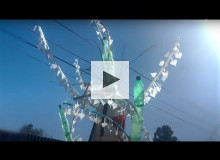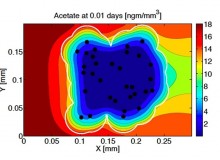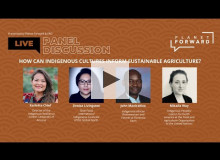Search
Tags: sustainability, turbine, energy innovation, Arizona State University, Second Nature, New York University, University of Illinois, William Paterson University
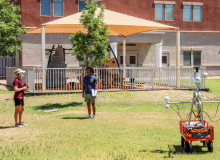
Project advisor Jennifer Vanos, left, and William Walker, discuss the data we collected at Paideia Academies using the MaRTy cart, which helps us gauge the human thermal experience while walking. (Adora Shortridge/Arizona State University)
Tags: extreme heat, heat, climate change, Arizona, Arizona State University, desert, storyfest2021
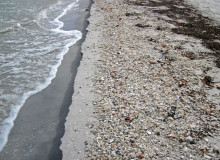
Cayo Costa Island, Florida (James St. John/Flickr).
Tags: Road to COP26, free market, solutions, Activism, Policy, florida, Arizona, ACC
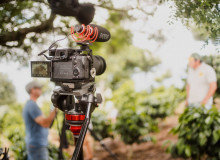
(Esteban Benites/Unsplash License)
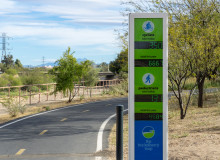
Hundreds of Tucson residents are using green spaces during the pandemic like the Loop, a 131-mile paved bikeway that now sees hundreds of daily users. (Jake Meyers / University of Arizona)
Tags: Urban, green spaces, Environment, nature, covid-19, coronavirus, social distancing, public health, mental health
Tags: microplastic, rivers, Empowerment, environmental art, hope
Tags: fuel cells, Northwestern University, Microbial Fuel Cell
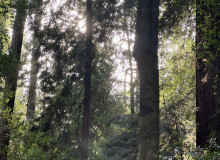
An ancient old-growth redwood forest along California's northern coast. Changes to forestation on the West Coast may have downstream effects on temperatures and precipitation in the Mississippi River Basin. (Halley Hughes)
Tags: science communication, epistemic injustice, teleconnections, accessible science, value shifts
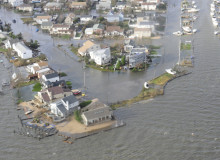
Despite an increase in extreme weather, like that of 2012's superstorm Sandy, research tends to suggest that extreme weather does not have a lasting impact on public opinion. Shown here are areas of Long Island, N.Y., following Hurricane Sandy on Oct. 30, 2012. (Petty Officer 2nd Class Rob Simpson/U.S. Coast Guard)

